Put your wallet away and stop racking your brain for your PayPal password, this is the town of Sale in Greater Manchester, home of the second Materials in Motion conference. Kicking off the month of November a group of archivists, academics, conservators, students and enthusiasts from across the globe gathered in the theatre of the Waterside Arts Centre to continue the debate on the preservation of animation heritage.
It was heartening to see a number of familiar faces from the previous session held a year before at the Eye Filmmuseum in Amsterdam. Particularly the duo at the heart of the initiative, Mette Peters and Aafke Weller, whose dedication and efforts built the Materials in Motion platform. Last November the disembodied voice of Steve Henderson was beamed into proceedings to invite participants to this follow-up event, to keep the momentum behind the endeavour and call for an International Council on Animation Archives. This time Steve was here to embody his own voice and he kicked off the proceedings with an astute presentation that linked the history of animation in the area to its more celebrated pop culture successes like Joy Division and The Stone Roses. Using Tony Wilson’s quote “This is Manchester, we do things differently here” he linked this independent spirit not just to the city’s thriving animation industry, but also sought to extend the idea of “doing things differently” to the preservation of animation as a whole.
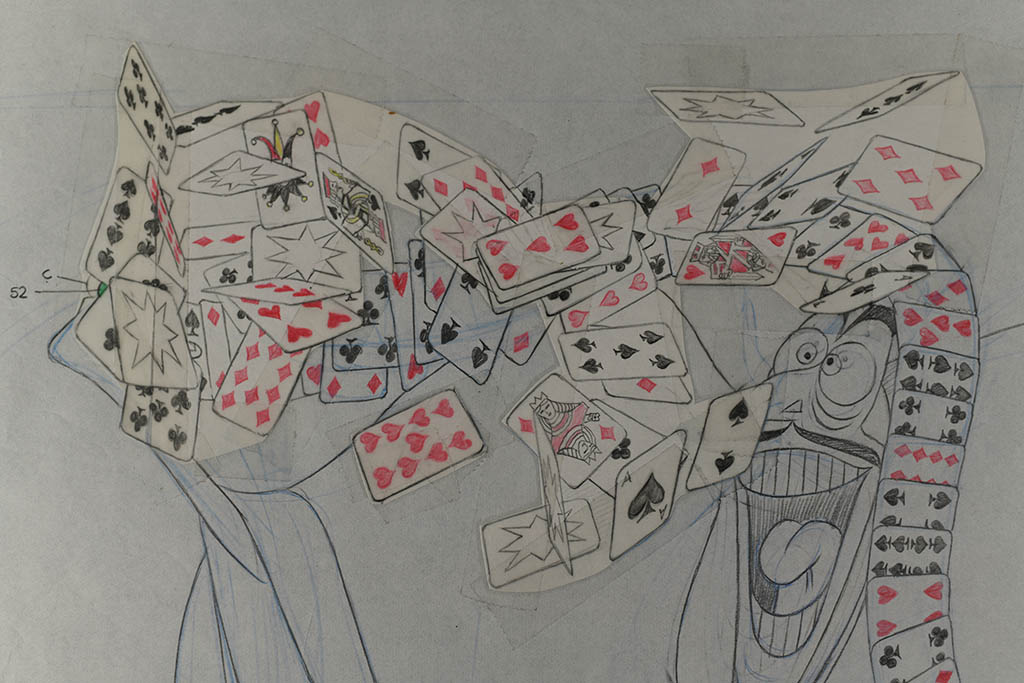
Both conferences have included valuable presentations from archives and museums around the world about their bespoke solutions to deal with the specificities of conserving animation artwork, and that continued here. The first session of the day focussed on 2D cel animation and its associated pre-production elements. What has become clear is that whether you are dealing with 70 pallets of artwork from Richard Williams’ unfinished masterpiece The Thief and the Cobbler, or 15 Disney cels in a museum collection, there will always be stumbling blocks to a standardised approach to preservation. The creativity of animation artists, the often strained circumstances of production, and the commodification of artwork mean that mixed materials, improvised methods and sleight of hand are everyday discoveries for archivists.
While there is much work to be done, the information exchange on the surveying, storage, restoration and housing of cels seems to be the most advanced aspect of what Materials in Motion might help aggregate guidance on. But Anne Coco’s presentation on those 70 pallets, offered to the Margaret Herrick Library at the Academy of Motion Picture Arts and Sciences, was an important look at another key problem – volume. While a collection of animation cels and pencil drawings might be unique, how do we evaluate any one drawing when it has tens of thousands of siblings? When storage space and other resources are finite, how do we start to curate a representative selection of a collection that seems infinite to the poor archivist surrounded by it? The approach of Anne and her colleagues is an important precedent for an issue that will also benefit from shared expertise.
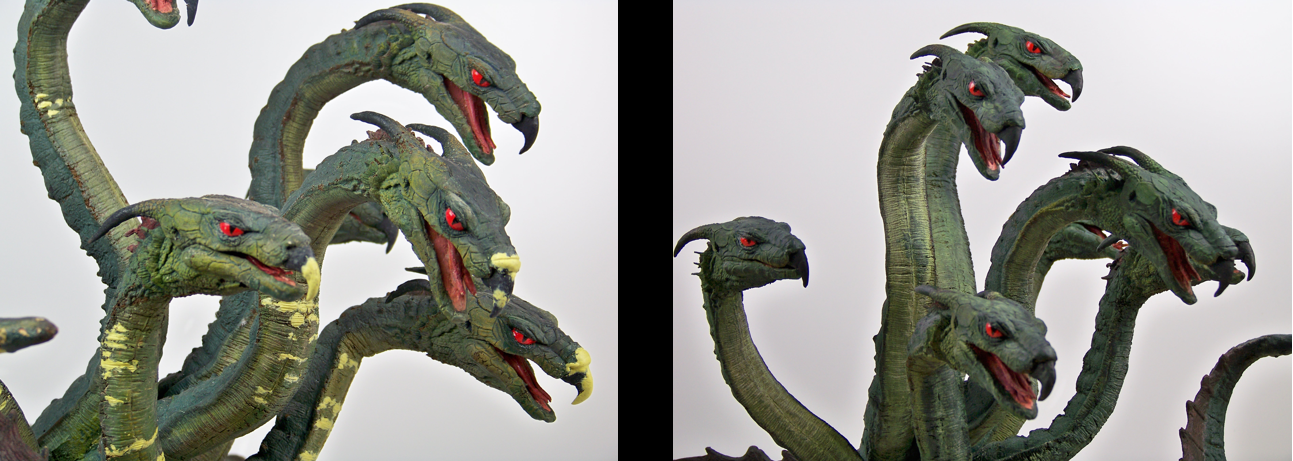
Jumping to the end of the day, a panel of papers on puppets (covering preservation, protection and promotion, to extend the alliteration) brought out further commonalities. Like animation cels, stop-motion puppets involve complex combinations of materials including metals, plastics, fabrics and assorted organic materials. Battered and bruised by the process of filming itself, in retirement these puppets are often ravaged by age, losing fingers, noses and other appendages at an alarming rate. An earlier presentation by Connor Heaney of the Ray and Diana Harryhausen Foundation highlighted restoration that has been undertaken on some of Ray’s more famous creations. Attentive care will enable them to be displayed as part of the Harryhausen’s centenary celebration in Edinburgh next year and elsewhere, but such artisanal work is extremely specialised.
Yaël Ben Nun’s description of the challenges of conserving puppets from Robert Lapoujade’s unfinished film The Memories of Don Quixote at the Musée-Château d’Annecy highlighted the issue of ethics and responsibilities when acquiring such problematic items. Good collections management requires a clear roadmap for the long-term preservation of any accession. In looking to safeguard animation heritage from the frequently cited skip (or the dumpster, or la benne, or other refuse receptacles of the world) there is often a dilemma between gathering more artefacts and doing less preservation work on them, or more actively preserving less artefacts. Guidance on the implications and accountability of bringing such preservation intensive materials into a collection would be another valuable role for Materials in Motion to create guidance on.
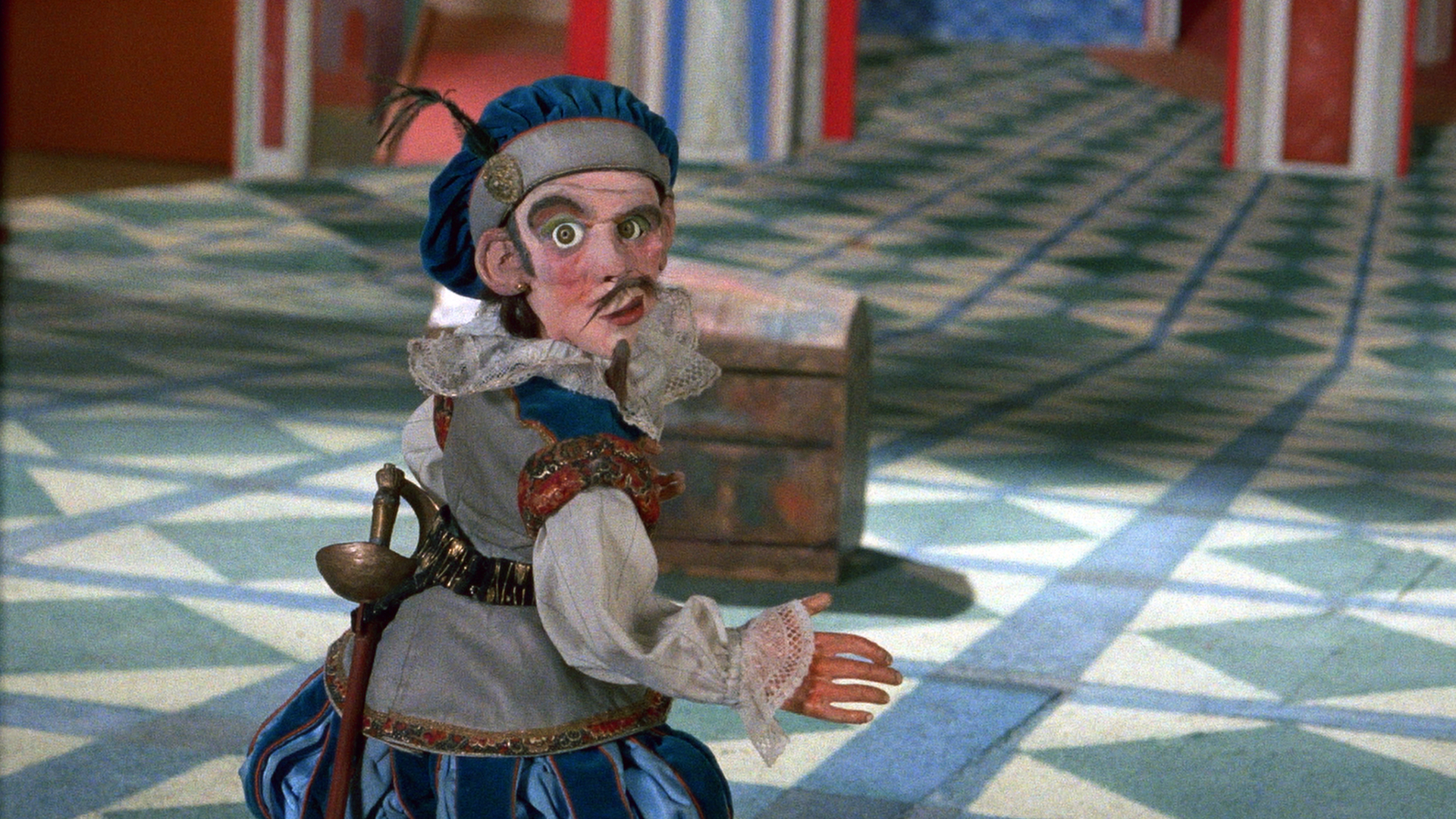
The future of puppets, new and old, was explored in two further papers in this session. Laura-Beth Cowley’s presentation on the materiality of 3D printing in stop-motion animation was a valuable opportunity to consider how the production processes of today will be preserved. In the white heat of creativity tomorrow is rarely a concern. As with cels and puppets of the past, the often experimental and improvised nature of cutting edge technologies leads to fascinating creative anomalies that are either preserved now or likely lost forever. Similarly future facing was a presentation by Chelsea Hicks and Diana Kasavetova of Manchester Metropolitan University. The ReAnimate Project has used 3D scanning and modelling to capture stop-motion puppets to look for new ways to make them accessible by proxy. There are countless possibilities for such work, the practical and ethical discussions of which invite much future debate.
The middle of the day implicitly asked some important identity questions for Materials in Motion. As “a platform for animation heritage preservation” how far does that platform extend and where does animation’s heritage stop? As the preservation of film, video or digital copies of animated works is no different than any other form of moving image, are they outside of the platform’s remit? Does animation heritage extend to the merchandising surrounding some of the most successful animated franchises? Can we get animators to think about the cultural value of their animated works while they are making them? Should guidance extend to issues of access and curation as well as preservation?
For me, the presentation by Terry Wragg of the Leeds Animation Workshop was an argument for the value of a holistic approach. Active in various forms since 1976, the heritage of this landmark collective is not just the films, or the boxes of cut-out characters on high-up shelves. It is also the filing cabinets full of correspondence, the 16mm steenbeck, the rostrum camera, the house they have occupied since 1981, the members, the partnerships, the comradeship, the discussions, the lives they have changed, and so much more. And it is also the very real issues of sexism, climate change, migrant workers and third world debt that have been just some of the subjects of their films, and the true impetus of their efforts.
So where do we go from here? Inspired by the previous day’s events and a fortified by an evening of kimchi burgers and pilsner, the majority of the participants were able to return the following morning for a discussion of the next steps for Materials in Motion. There was a collective recognition for the continuing value of such an organisation in the room, and almost certainly beyond. But it requires collective efforts and responsibility to continue its existence. And let’s face it, liberal doses of cash and institutional backing would not go amiss either. With a small group picking up the mission to help carry the organisation forward, we might not be certain where we are going, but we at least know it is in a forward direction.
See you next year?
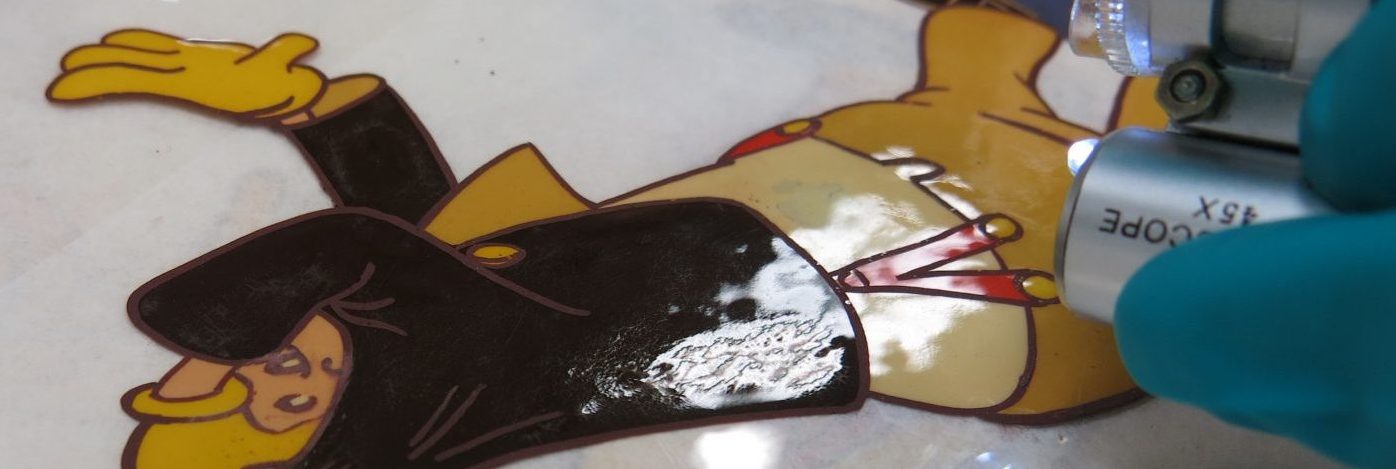
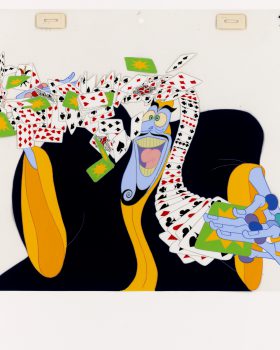
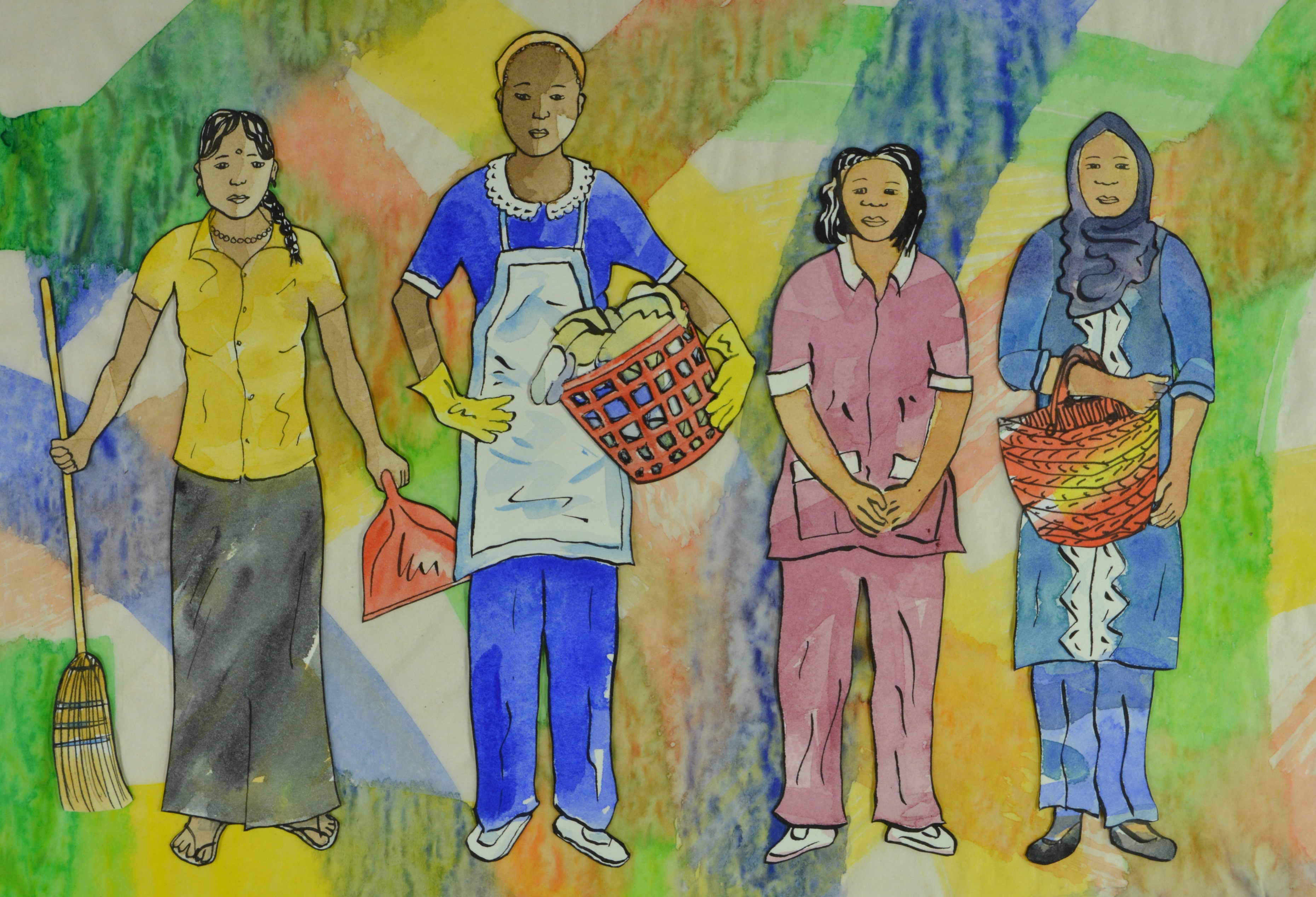
Spelling error report
The following text will be sent to our editors: